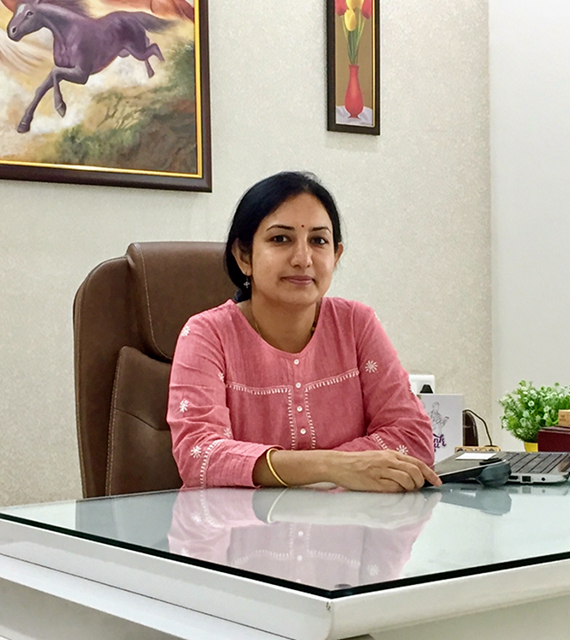.jpg)
Men and women alike suffer from hair loss, one of the most common health issues affecting both genders. The more hair you lose, the more worried you should be if you start seeing enormous clumps of hair all around your room. All know exactly how is the feeling about coping with hair loss; therefore, here is a permanent answer.
To help inactive hair follicles enter the growth phase again, PRP, or Platelet Rich Plasma therapy, uses platelets and growth factors from your blood. Patterned hair loss, thinning hair, and a receding hairline can all be helped with this procedure. Here are a few interesting facts regarding PRP:
PRP is non-surgical and does not require the insertion of new follicles in the target location, unlike hair transplants. There is no significant difference in results between PRP and a hair transplant in terms of hair follicle reactivation and stimulation. Non-surgical and minimally invasive, PRP does not work in advanced baldness or total hair loss cases. Early stages of hair thinning in both men and women are best served by this treatment, and it is perfect for those who have not yet reached the point when a hair transplant is necessary.
PRP has a low risk of side effects. Any therapy that requires injections comes with the potential for side effects. There are a few of them:
PRP is entirely risk-free when administered by a trained professional. Consider the location of your clinic before making a final decision.
In India, a single session costs anywhere from INR 5,000 to INR 15,000. The cost of the procedure is determined by:
PRP therapy has resulted in an increase in hair volume in patients. PRP has been shown in numerous trials to be the most effective non-surgical treatment for hair loss and thinning hair because of its less intrusive nature. The more hair that grows back, the better the total coverage of the scalp will look. After the first few treatments, most patients begin to notice a decrease in hair loss. After the third session, the hair follicles start to sprout. Dermatologists believe that PRP is the best therapy choice for their patients' hair loss because of its simplicity, safety, and affordability.
Here is a breakdown of the PRP hair treatment's four-step process:
Your doctor will collect a 20 ml blood sample as the initial step in the PRP hair loss therapy process.
They utilize centrifuges to separate platelets from blood in dermatology. The twofold spin process ensures that the platelets rich in growth factors are concentrated to the maximum extent possible.
PRP is extracted from the residual layers of PPP and red blood cells in the tube by doctors. Trichologists activate the growth factors in the plasma before injecting the PRP into a patient's scalp.
At the end of the procedure, dermatologists utilize microneedles to carefully inject PRP derived from the patient's blood into the afflicted area of the scalp. Your dermatologist will provide a local anesthetic to the scalp margin before inserting the platelet-rich plasma so that you won't feel a thing.
For the following persons, PRP hair therapy is not recommended:
To get the best possible results from your PRP treatment, it is essential to select a reputable hair clinic that employs only qualified dermato-trichologists in a sterile atmosphere. Non-surgical PRP treatment for hair thinning and balding is the safest option available. If you notice a receding hairline and an increase in hair loss, see a trichologist to see if PRP treatment is proper.

